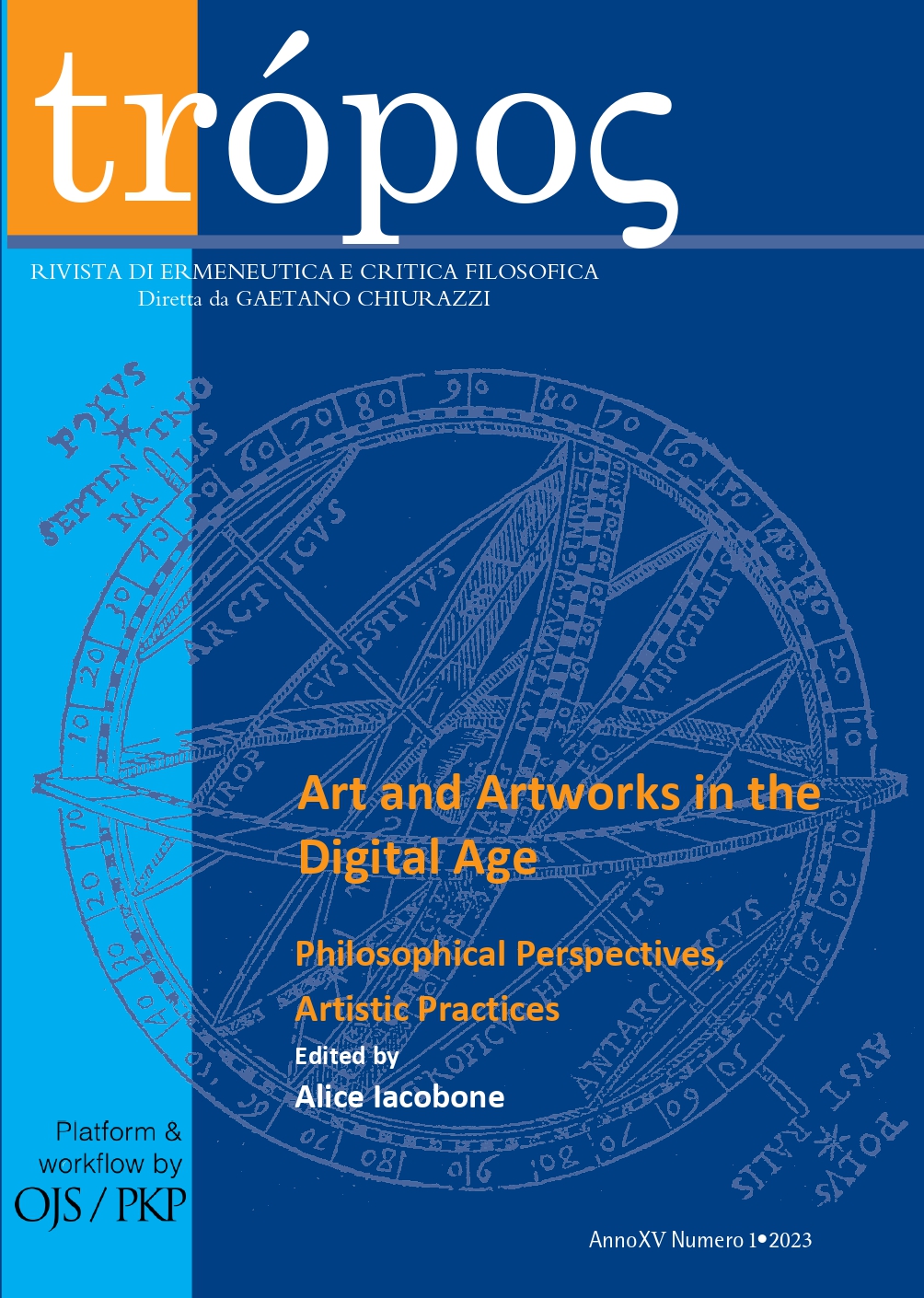La recherche du visage parfait dans le numérique.
De la craniométrie à l’intelligence artificielle
DOI:
https://doi.org/10.13135/2036-542X/9035Keywords:
Mathematics, Semiotics, Face, Measurement, RacismAbstract
The article provides a critical examination of the cultural semiotics of mathematics, recognizing it as a language rooted in human cognition. It posits that mathematics frequently transcends its role as a mere structural tool of reality, morphing instead into a form of biased rhetoric. This shift imbues various human domains, inherently unstructured and swayed by ideological biases, with a misleading sense of commensurability, precision, and accuracy. A key focus of the study is the mathematical measurement of the body, particularly the head and face. The practice of bodily measurements was pivotal in advancing ancient medicine into a modern science and practice. Nonetheless, these methods have progressively been appropriated as instruments of biopolitical control. The essay delves into the specific practice of “facial mensuration” originating in the Enlightenment era. This practice was based on thepremise that measuring heads, skulls, and faces could yield objective insights into beauty, intelligence, morality, and an individual’s position within a natural evolutionary hierarchy. However, a cultural semiotic analysis of this practice uncovers its use of facial mathematics as a tool for masking and objectifying racist prejudices. Importantly, the analysis highlights that the inherent biases do not lie in the measurements themselves but rather in the underlying decision to employ these measurements.


